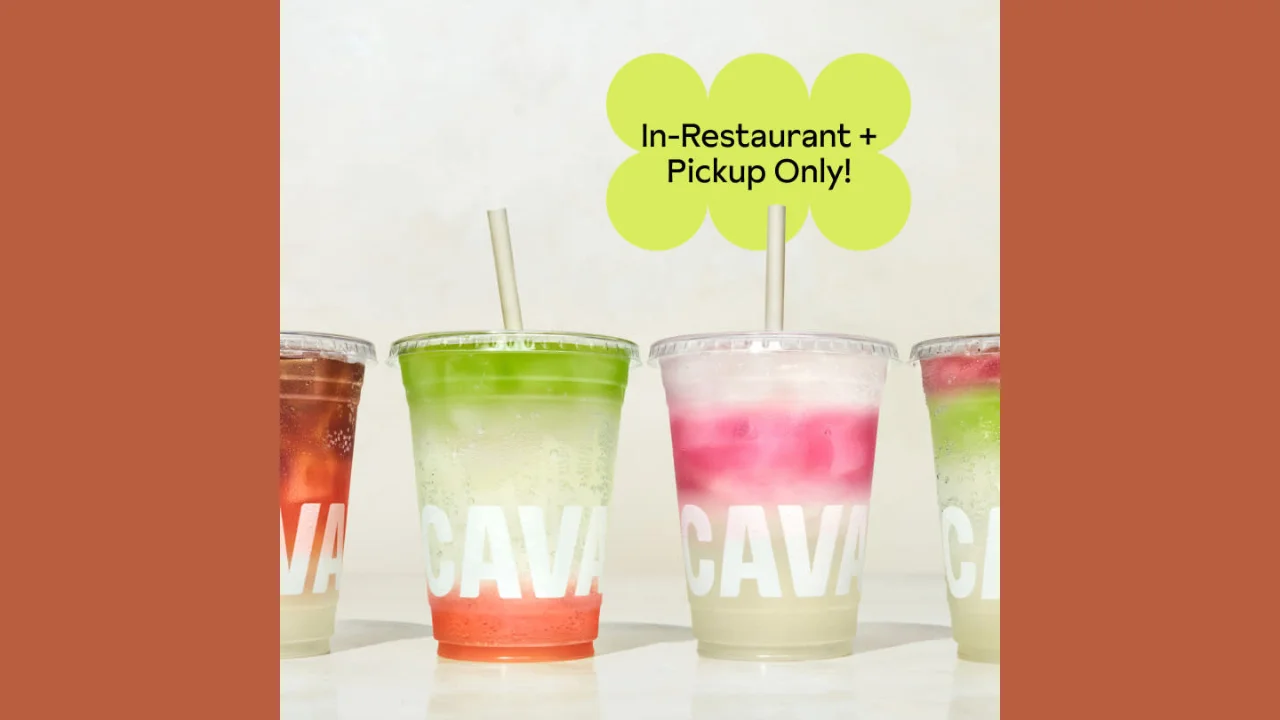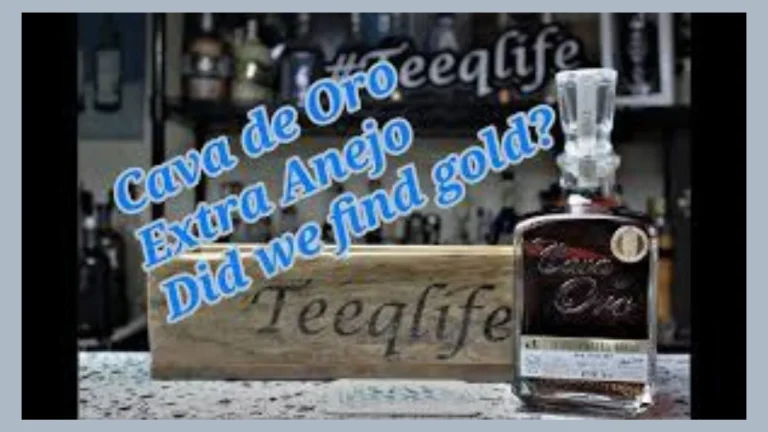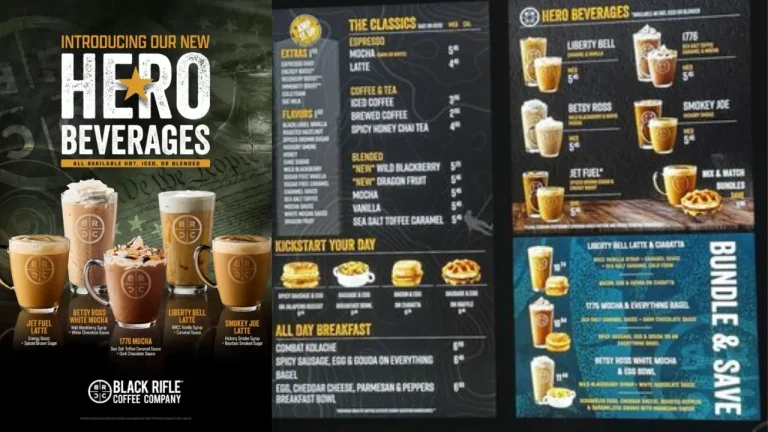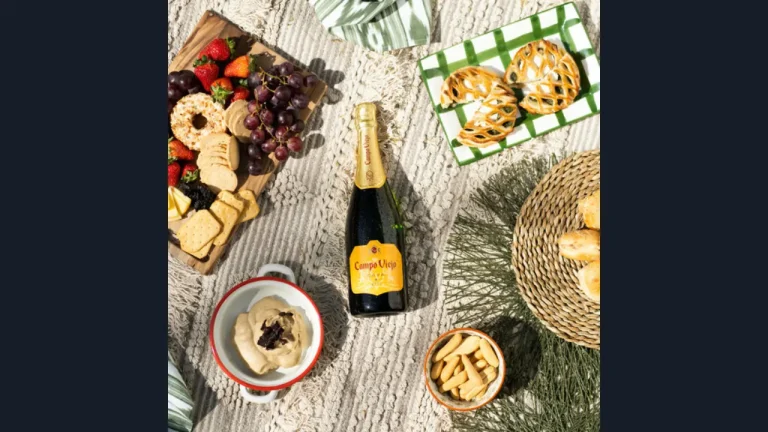Cava Drinks
Cava drinks have become a favorite among sparkling wine enthusiasts worldwide. Known for their crisp bubbles, refreshing flavor, and affordable elegance, cava drinks are Spain’s answer to Champagne. Whether enjoyed during celebrations, dinners, or casual evenings, these beverages deliver a unique balance of sophistication and accessibility. Understanding the history, production, and character of cava drinks helps appreciate why they remain one of the most loved sparkling wines globally.
What Are Cava Drinks?
Cava drinks are sparkling wines from Spain, produced primarily in the Catalonia region. The name “Cava” means “cave” in Spanish, referencing the underground cellars where bottles are traditionally aged. These wines are crafted using the same traditional method as Champagne, known as Método Tradicional, where secondary fermentation occurs inside the bottle, creating the iconic bubbles.
ALSO READ: Cava jasmine tea with prices (US)
Unlike Champagne, which originates from France, cava drinks can be made from various grape varieties, most commonly Macabeo, Xarel·lo, and Parellada. The result is a crisp, dry sparkling wine with a distinct Mediterranean flair.
History and Origin of Cava
The story of cava drinks began in the mid-19th century when Josep Raventós of the Codorníu family introduced the Champagne-making method to Spain. Inspired by French winemaking, he used local Spanish grapes to create the first cava in 1872. This innovation marked the birth of an entirely new category of sparkling wine.
Cava quickly gained popularity across Europe due to its high quality and competitive pricing. Over time, Spain developed strict regulations for cava production to maintain authenticity. The Denominación de Origen (DO) Cava designation ensures that only wines produced in specific regions following traditional methods can carry the name “Cava.”
Today, cava drinks are produced mainly in the Penedès region, near Barcelona, but also in parts of Valencia, La Rioja, and Aragón. Their continued popularity showcases Spain’s dedication to blending tradition with innovation.
How Cava Drinks Are Made
The production of cava drinks follows the Traditional Method, similar to Champagne. The process begins with the careful selection of grapes. After fermentation, the base wine (still wine) is bottled with yeast and sugar for a second fermentation. This process creates the bubbles that make cava drinks sparkle.
The bottles are then aged horizontally in cool cellars, often for months or years. During this time, the wine develops complex aromas and flavors. Later, the bottles are gradually rotated and tilted in a process known as riddling, moving the yeast sediment toward the bottle neck. Finally, the sediment is removed through disgorging, and a small amount of dosage (a mix of wine and sugar) is added before sealing the bottle with a cork.
ALSO READ: Cava salad bowl with price US
Types of Cava Drinks
Cava drinks come in various styles, determined by sweetness levels and aging duration. These categories help consumers choose based on taste preferences.
Sweetness Levels:
- Brut Nature: The driest style with no added sugar.
- Extra Brut: Very dry, slightly more rounded than Brut Nature.
- Brut: The most popular, with minimal sugar for balance.
- Extra Seco (Extra Dry): Slightly sweeter but still refreshing.
- Seco (Dry): Noticeably sweet, often used in dessert pairings.
- Semiseco (Semi-Dry): Sweeter still, suitable for light desserts.
- Dulce (Sweet): The sweetest cava, ideal for celebrations.
Aging Categories:
- Cava: Aged at least 9 months.
- Reserva: Aged at least 15 months for more depth.
- Gran Reserva: Aged for 30 months or more, offering rich complexity.
These classifications ensure that every bottle of cava drinks offers something for every palate and occasion.
Taste and Aroma Profile
The taste of cava drinks depends on the blend of grapes and the length of aging. Typically, cava is characterized by its fine bubbles, pale straw color, and crisp acidity. On the nose, it reveals aromas of green apple, citrus, almond, and white flowers.
Younger cava drinks tend to be light and fruity, while aged varieties develop more complex notes like toasted bread, nuts, and honey. The refreshing mouthfeel and lively effervescence make cava ideal for any celebration, from brunch gatherings to elegant dinners.
Popular Brands of Cava Drinks
Spain is home to several iconic cava producers, each known for unique expressions of this sparkling wine.
- Freixenet: One of the largest and most recognized cava brands globally, known for its signature black bottle.
- Codorníu: The pioneer of cava production, offering both classic and modern interpretations.
- Juvé & Camps: A premium brand producing organic and aged cavas with refined character.
- Segura Viudas: Known for its quality craftsmanship and balance between tradition and innovation.
- Gramona: Renowned for extended-aged cavas that rival Champagne in depth and texture.
These producers have elevated cava drinks to international recognition, demonstrating Spain’s expertise in winemaking.
Health Benefits and Nutritional Value
Cava drinks, when enjoyed in moderation, may offer some health benefits. Sparkling wines like cava are low in calories—typically around 120 calories per glass—and contain antioxidants such as polyphenols from grapes. These compounds can help protect cells from damage and support heart health.
Moreover, cava drinks are often lower in sugar compared to other alcoholic beverages, especially in styles like Brut Nature or Extra Brut. However, as with all alcoholic drinks, moderation is key to reaping potential benefits without adverse effects.
How to Serve Cava Drinks
To enjoy cava drinks at their best, serving temperature and glassware matter. Cava should be served chilled, ideally between 43°F and 46°F (6°C to 8°C). Cooling the bottle for about three hours before serving ensures the perfect temperature.
Use a flute glass or tulip-shaped glass to preserve carbonation and concentrate the aromas. Pour slowly to maintain the bubbles. Cava drinks can be served as an aperitif, during meals, or with dessert depending on the style chosen.
Perfect Food Pairings
Cava’s versatility makes it an excellent companion to many dishes. Its acidity and bubbles help cleanse the palate, making it suitable for rich or fried foods.
- Brut Cava: Pairs beautifully with seafood, sushi, or tapas.
- Rosé Cava: Complements grilled meats, spicy dishes, and cheeses.
- Reserva or Gran Reserva: Ideal with roasted poultry, paella, or mushroom risotto.
- Sweet Cava: Perfect with fruit tarts, custards, and chocolate desserts.
These combinations enhance both the food and the cava drinks, creating an unforgettable dining experience.
Types of Cava Drinks
Cava drinks come in various styles, determined by sweetness levels and aging duration. These categories help consumers choose based on taste preferences.
Sweetness Levels:
- Brut Nature: The driest style with no added sugar.
- Extra Brut: Very dry, slightly more rounded than Brut Nature.
- Brut: The most popular, with minimal sugar for balance.
- Extra Seco (Extra Dry): Slightly sweeter but still refreshing.
- Seco (Dry): Noticeably sweet, often used in dessert pairings.
- Semiseco (Semi-Dry): Sweeter still, suitable for light desserts.
- Dulce (Sweet): The sweetest cava, ideal for celebrations.
Aging Categories:
- Cava: Aged at least 9 months.
- Reserva: Aged at least 15 months for more depth.
- Gran Reserva: Aged for 30 months or more, offering rich complexity.
Cava Drinks Price, Flavor, and Type Comparison Table
| Type | Average Price (USD) | Flavor Profile | Ideal Occasion |
|---|---|---|---|
| Brut Nature | $15 – $25 | Very dry, crisp, citrus, and mineral notes | Fine dining or seafood pairing |
| Extra Brut | $18 – $28 | Dry, balanced acidity, hints of green apple | Celebrations or appetizers |
| Brut | $12 – $22 | Smooth, lively bubbles, subtle fruit sweetness | Everyday enjoyment, brunch |
| Extra Seco | $10 – $18 | Lightly sweet, floral, with fresh fruit undertones | Afternoon parties or tapas |
| Seco (Dry) | $10 – $16 | Fruity and mildly sweet with smooth finish | Pairing with spicy or fried foods |
| Semiseco | $9 – $15 | Noticeably sweet, soft mousse, light acidity | Desserts and fruit tarts |
| Dulce (Sweet) | $12 – $20 | Sweet, honeyed, tropical fruit flavors | Celebrations and dessert pairings |
| Reserva | $25 – $40 | Complex, nutty, and elegant with creamy texture | Formal dinners and gifts |
| Gran Reserva | $35 – $60+ | Rich, toasty, layered with almond and brioche notes | Luxury events and special occasions |
Cava Drinks vs. Champagne
Although cava drinks and Champagne share a production method, they differ in origin, grapes, and taste. Champagne comes exclusively from France and uses grapes like Chardonnay, Pinot Noir, and Pinot Meunier. Cava, on the other hand, is Spanish and features indigenous grapes such as Macabeo, Xarel·lo, and Parellada.
Cava tends to have a slightly earthier, citrus-forward flavor, while Champagne offers more brioche and mineral notes. Another key distinction is price—cava drinks are often more affordable without compromising quality, making them a popular alternative for budget-conscious consumers who still want premium sparkle.
Buying and Storing Tips
When selecting cava drinks, consider the occasion and taste preference. For light gatherings or brunches, choose a Brut or Extra Brut Cava. For special events, Gran Reserva options offer more depth.
Always store cava bottles horizontally in a cool, dark place to keep the cork moist and maintain carbonation. The ideal storage temperature is between 50°F and 55°F (10°C to 13°C). Once opened, cava should be consumed within 1–2 days to enjoy its freshness. Use a sparkling wine stopper to retain bubbles if saving for later.
Conclusion
Cava drinks represent the perfect fusion of Spanish tradition, craftsmanship, and celebration. From humble beginnings in Catalonia to becoming a global favorite, cava continues to charm wine lovers with its balance of quality and affordability.
Whether you’re toasting at a wedding, enjoying tapas with friends, or relaxing after a long day, cava drinks offer a refreshing sparkle for every occasion. Their diversity in flavor, sweetness, and style ensures there’s always a perfect bottle for any mood or meal. In the world of sparkling wines, cava truly shines as Spain’s effervescent treasure.






